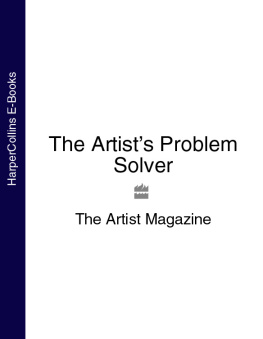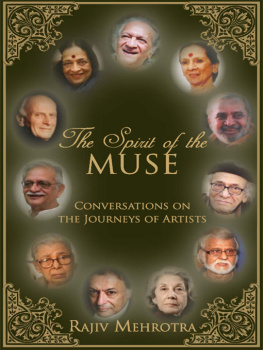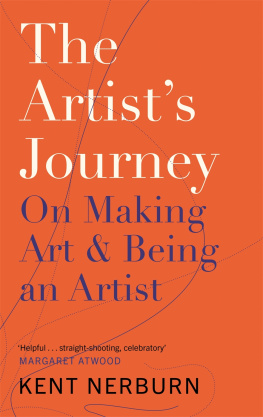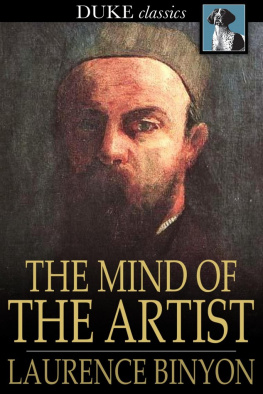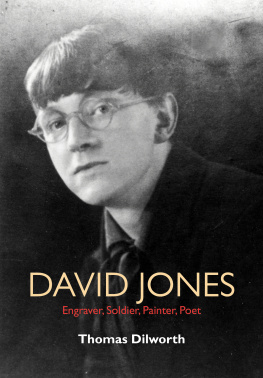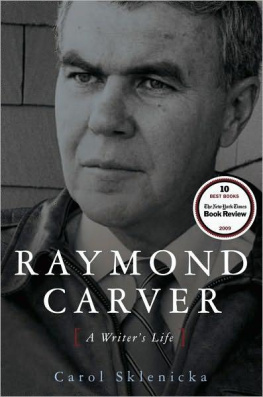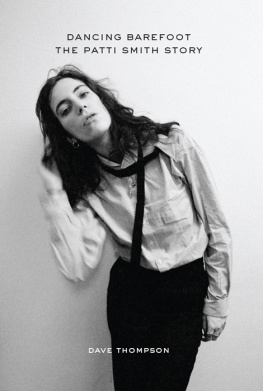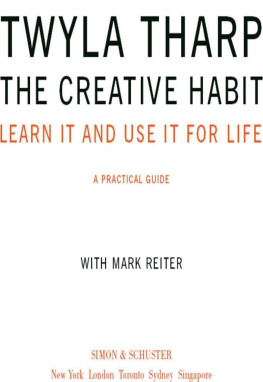Minding
the Muse
A Handbook for
Painters, Composers,
Writers, and
Other Creators
Priscilla Long

Coffeetown Press
PO Box 70515
Seattle, WA 98127
For more information go to: www.coffeetownpress.com
www.priscillalong.com
All rights reserved. No part of this book may be reproduced or transmitted in any form or by any means, electronic or mechanical, including photocopying, recording, or any information storage and retrieval system, without permission in writing from the publisher.
Cover design by Sabrina Sun
Cover art The Painters Hand by Chuck Smart
Minding the Muse
Copyright 2016 by Priscilla Long
ISBN: 978-1-60381-363-1 (Trade Paper)
ISBN: 978-1-60381-364-8 (eBook)
Library of Congress Control Number: 2016939844
Produced in the United States of America
* * *
To Geri Gale,
Jack Remick,
and Don Harmon.
To M. Anne Sweet.
To Gordon Wood.
Peerless peer artists
* * *
This thing for which you have sought so long is not to be acquired or accomplished by force or passion. It is to be won only by patience and humility and by a determined and most perfect love.
Alchemist Morienus, 1593,
quoted by C. G. Jung, Psychology and Alchemy
Introduction
Y ou are a painter. Or you are a composer. Or you are a poet or a novelist or an essayist. This little book gathers insights from creators both past and present, as well as from creativity researchers, on the experiences and working methods of poets, painters, and other artists.
The choices and strategies of effective creatorscreators able to shape a significant body of work over a lifetimeoften differ from those of talented and creative people who end up with a small, scattered, or unremarkable pile of effects. Some of these effects may be excellent, but taken as a whole they fall short of the creative workers potential.
Over the years Ive studied the lives of artists and writers from Picasso to Patti Smith, from Raymond Chandler to the great Russian poet Anna Akhmatova. Ive wanted to see what I could learn about how they went about their lives and work. Ive used my own discoveries and those of creativity researchers to inform and improve upon my own strategies as a writer and poet. I find that no matter how experienced I get, theres something more to learn. Here you have what Ive gleaned so far.
Whether you are an old hand or just starting out, it can be helpful to reflect from time to time upon your own art practice. What has worked well for you? What could you improve? Minding the Muse is intended to aid you in this process of reflection. If you find here even one or two ideas to fertilize your working process, its purpose will have been served.
Questions to Contemplate as You Continue Your Practice
P eruse these chapters in any order that strikes your fancy. I suggest beginning a notebook in which to reflect on your own art practice. On each subject, begin by describing what the reality is right now, since our efforts to move forward must necessarily proceed from a good comprehension of reality. Write for ten minutes on your present situation (My current situation with regard to is ). Do not stop. Do not worry about correctness or eloquence. Then write for five more minutes in response to the question: How can I make my practice in this area more effective by 5 percent?
First session: Write for ten minutes, looking in on your art practice from the outside. What do you see? In your own terms, what are your most effective habits and strategies? What could use work?
I.
Productivity: Learning to Work
I am a work horse. I like to work. I always did . Ive never had a day when I didnt want to work . And even if I didnt want to compose I painted or stacked the pieces or something. In my studio Im as happy as a cow in her stall.
Louise Nevelson, sculptor
L earning to work is about learning to sink into the work. Learning to be patient with the work. Learning to work every day, even if only for a short time. Learning to eschew distractions.
Learning to work is learning to drop conditions under which you can work or will work. Conditions like When I get more time or If this novel works [meaning gets published and makes me rich and famous], then I will write another. Or, I can only work when I can get a block of three or four hours.
Work begets work. When we learn to simply workwithout fuss, without undue anxiety, without trepidation concerning whether we will create the masterpiece of our dreams or fail to create this masterpiecethe work begins to carry the worker. It begins to make itself.
For the disciplined creative worker, working is not a decision or a big effort. Its a daily habit, a routine. In her book The Creative Habit, dancer and choreographer Twyla Tharp writes, I come down on the side of hard work.
Work can be trouble and no fun and seem to go nowhere. One of the effective strategies of effective creative workers is to keep working anyhow. At the age of thirty-three (in 1935), the great Swiss sculptor Alberto Giacometti decided to begin working from a live model once again. He estimated that this departure from his current practice would take about two weeks. But, he wrote to a friend, the more I looked at the model, the more the screen between reality and myself thickened. You begin by seeing the person who is posing, but gradually every possible sculpture interposes itself between the sitter and you. The less clearly you actually see the model, the more unknown the head becomes. His two-week digression ended up lasting five years.
Another time, at the end of 1941, Giacometti decided to return to Switzerland from his home in Paris to see his mother. He planned a stay of three months. His sculptures, to his distress, had been growing smaller and smaller. Before leaving Paris, he promised his brother Diego that he would return with a sculpture of a less absurd size. A larger sculpture.
Three months went by. Giacometti worked for hours and hours every day. This too went on for five years. In 1945 he wrote to his lover, I started the same thing over and over, never getting it right. My figure ended up so minuscule every time and the work was becoming so imponderable and yet it was nearly what I wanted to achieve and its only during the last year Ive managed it but not to the point I want, the size, yes, yet I know that I shant give up the one Ive been working on since September [hes writing in May] and that I shall finish it in spite of everything .
That year, according to his friend and biographer David Sylvester, he returned to Paris on the night train, bringing with him the residue of three years work in six matchboxes.
We could ask here, what was Giacomettis problem? Why not just get the job done? But Giacometti was attempting to actually see the figure. He was struggling with perception. The strangely thin and elongated figures he became known for resulted from how he perceived. In an interview he said, I think we have for so long automatically accepted the received idea of what a sculpted head should look like that we have made ourselves completely incapable of seeing a head as we really see it.
Its not about working fast. Its about returning to the work day after day, inquiring of it what it needs and giving it what it asks for. Its a conversation, a dialogue, at times an argument. Its a relationship. As long as we keep steady, keep the faith, keep on returning to the work, the work will keep on giving us back what we need to complete it.



